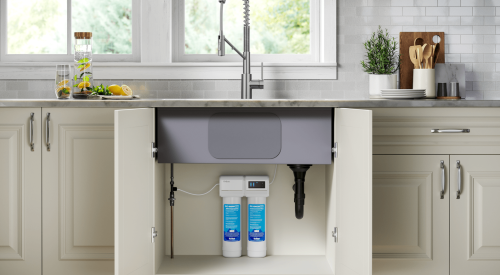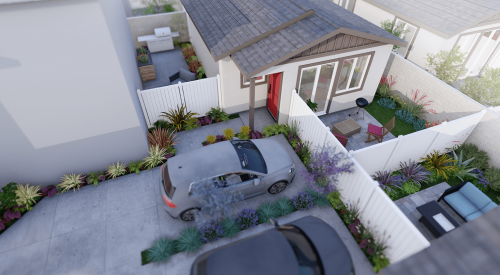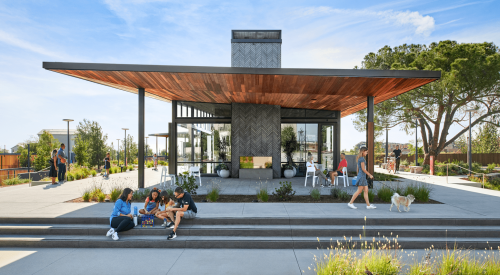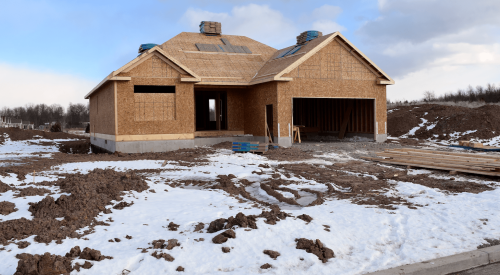A recent research report by the NAHB examines effective property tax rates for more than 3,100 counties, including the lowest and highest tract rates within each county, and also compares rates by state. The report reveals that real estate property tax rates can markedly vary within the same county and that they vary significantly between states.
An “effective property tax rate” is the amount of property tax divided by the value of the home as reported by homeowners. This provides a fair comparison of the true tax burden for homes in various locations. The alternative to an effective property tax rate measurement is to compare statutory tax rates, which can be misleading, given differences in assessment rules, tax credits, lags in accurate assessments by taxing jurisdictions, and other factors.
Reasons for Variations in Property Tax Rates Across the Nation
Several Arizona counties stand out as having some of the highest intracounty tax rate differences in the nation. For example, the lowest tract rates in Pima and Pinal counties are effectively less than $1 per $1,000 of value, while the highest rates exceed $14. Similarly, in Gila County, average tax rates vary from less than $1, to $9 per $1,000 of value.
As for the variations between states, at the low end of the national spectrum, 12 Louisiana parishes have property tax rates that are effectively less than $2 dollars per $1,000 of value. At the high end, Orleans and Monroe Counties in New York and Camden County in New Jersey have property tax rates averaging close to $29 per $1,000 of value.
Regional location is a major factor in explaining these substantial differences in effective tax rates. With the exception of Texas, jurisdictions in the South typically register some of the lowest rates in the nation, and the Northeast and Midwest register some of the highest.
Regional location is a major factor in explaining these substantial differences in effective tax rates. With the exception of Texas, jurisdictions in the South typically register some of the lowest rates in the nation, and the Northeast and Midwest register some of the highest. This reflects the South’s long-standing tradition of relying less on real estate taxes as a source of government revenue than do states in other regions.
In addition to the regional location, several other factors can help explain the effective tax rate variations, such as home values, household income, when the home was purchased, the presence of households that are exempt from paying property taxes, and the share of households with children younger than 18.
This research can provide valuable insights for prospective homebuyers and members of the housing industry who are interested in comparing effective property tax rates across narrowly defined geographic areas.
Housing Market Snapshot
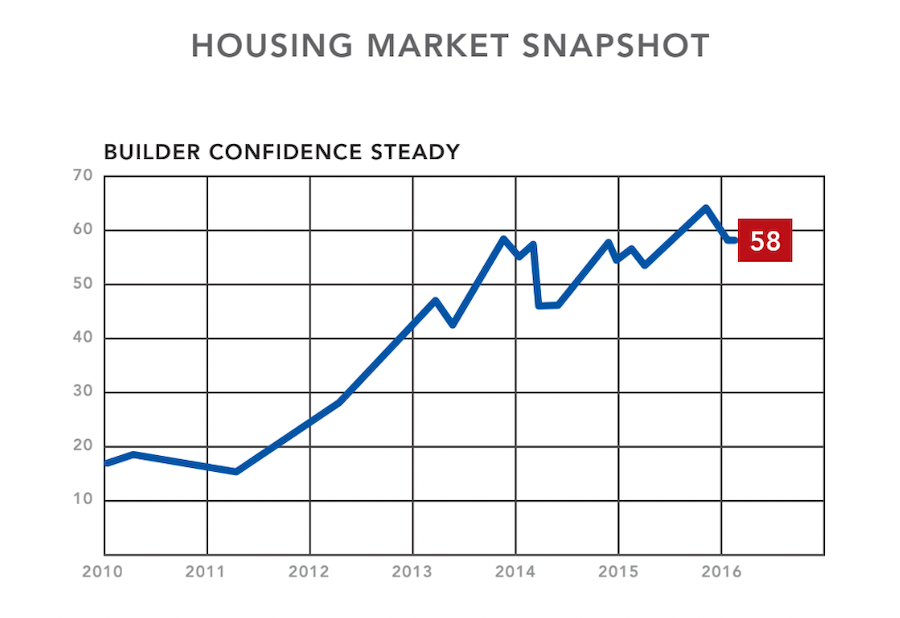
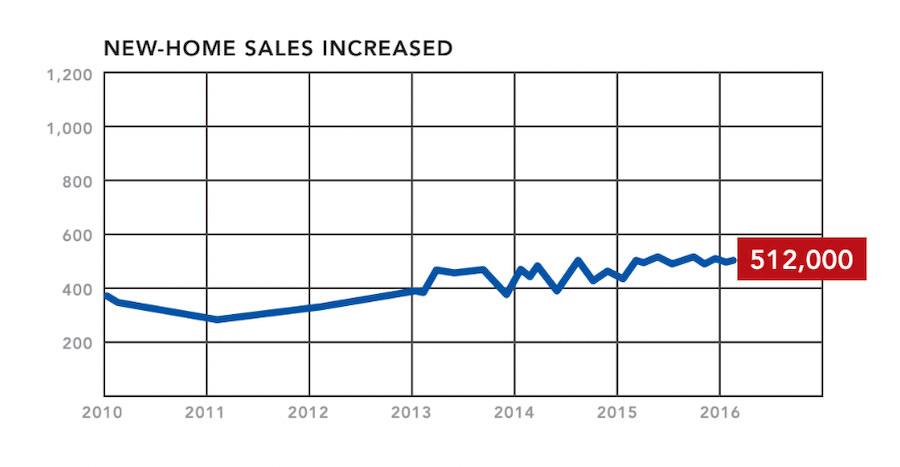
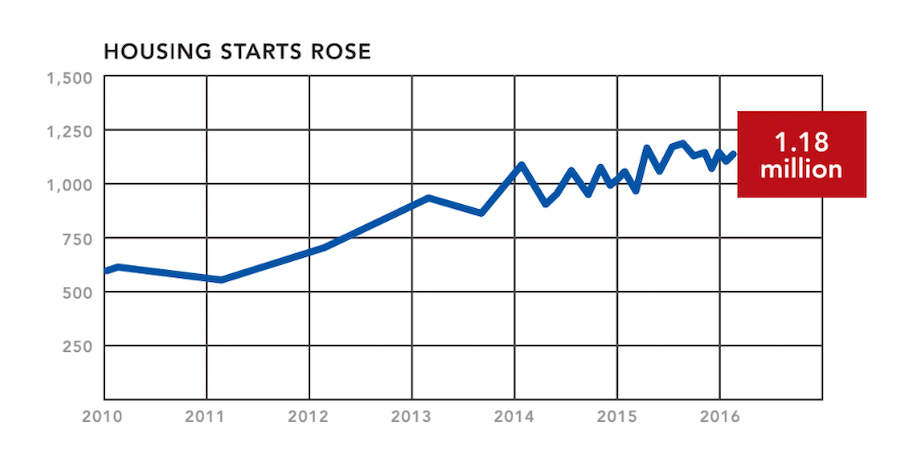
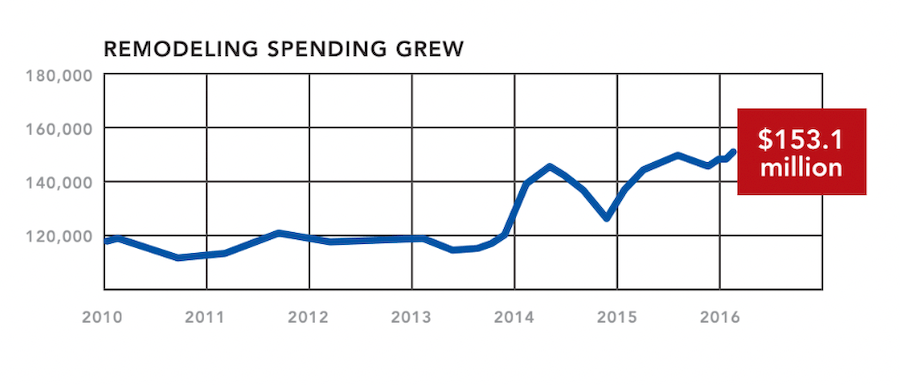
According to the NAHB/Wells Fargo Housing Index, builder confidence was unchanged in March at 58. February new-home sales increased 2.0 percent from January to an annual rate of 512,000, while housing starts also rose 5.2 percent during the same period to an annual rate of 1.18 million. Remodeling spending in February grew 0.5 percent to $153.1 million.

